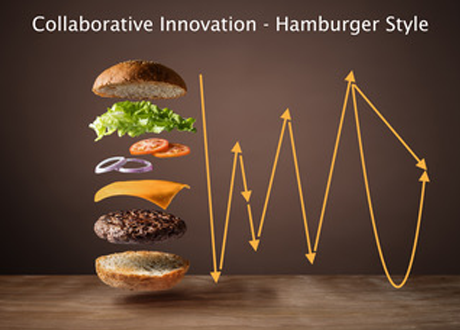Kittens are ‘fuzzy’ because they’re soft and fluffy. But if someone uses the same word to describe the early stages – or ‘front-end’ – of an innovation process, the meaning is less cute. In that case, ‘fuzzy’ means ‘blurry’, ‘unclear’ or even ‘incoherent’. In many cases, innovation projects start off as chaotic and seemingly aimless ventures. In fact, this happens so often, that organizations tend to accept the ‘fuzzy front-end of innovation’ as a necessary evil. At CREAX, we believe front-end fuzziness can and should be drastically reduced in order to innovate efficiently.

